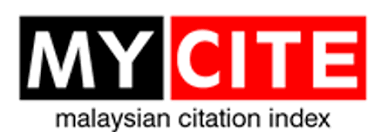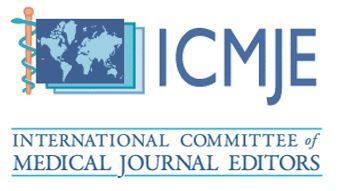A Pinch of Salt Won’t Kill: The Role of Salt Tablets in Reversing Intractable Orthostatic Hypotension in an Incomplete Tetraplegic Patient
DOI:
https://doi.org/10.51200/bjms.vi1.3748Keywords:
salt tablet, orthostatic hypotension, spinal cord injuryAbstract
Background and aim: Orthostatic hypotension is a known complication of spinal cord injury, especially in individuals with tetraplegia and thoracic paraplegia. It is triggered by tilting the patient upright and often easily reversed by removing the precipitating factors. The salt tablet is an old medical supplement that works as a blood volume expander by retaining water. We present a case of intractable orthostatic hypotension in incomplete tetraplegia, which resolved after the initiation of salt tablets. Methods: The patient was a 58-year-old gentleman with background hypertension who presented with neck pain following an aggressive neck massage, associated with progressive limb weakness, for six days duration. He developed urinary and bowel retention one day before the presentation. Urgent MRI scan revealed blunt injury at cervical spine with contusion of the cervical spinal cord, epidural haematoma, and contusion of prevertebral soft tissue from C4 till C6 spinal level. He was treated conservatively with steroids. In the rehabilitation ward, the patient developed multiple syncopal episodes during tilt table exercises. The perpetuating factors were antihypertensive medications, anaemia, and urinary tract infection, which resulted in polyuria and electrolyte imbalances. The orthostatic hypotension persisted, despite optimising fluid intake, treating underlying medical issues, removing triggers, and adopting additional measures such as abdominal binder and elastic stockings. Results: Following the initiation of salt tablets 1 gram TDS, the syncopal attacks gradually resolved. The patient tolerated the tilt table exercises until 90° elevation and subsequently progressed into sitting in the wheelchair for an extended period. The patient was completely free of syncope at discharge and required minimal assistance to perform stand transfer to the wheelchair. Conclusion: Orthostatic hypotension is a treatable barrier to progress in spinal cord injury rehabilitation. Therefore, simple, cheap, and easily accessible treatment options such as salt tablets should be considered in intractable cases.
Downloads
Published
How to Cite
Issue
Section
License
All articles are published under the Creative Commons Attribution-NonCommercial (CC BY-NC 4.0) license, enabling users to read, download, copy, distribute, and adapt the material for non-commercial purposes, provided proper credit is given to the original authors and the source. This model supports transparency, accessibility, and the global exchange of medical knowledge.








1.png)





